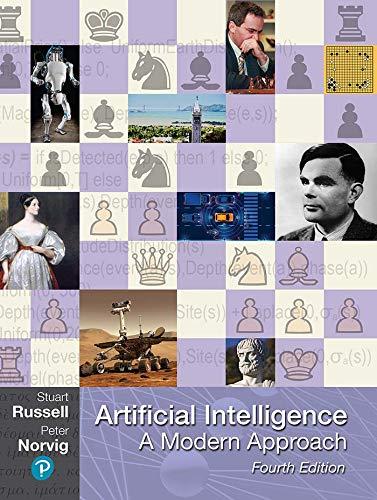Consider a game in which three players, A, B, and C, are trying to solve an 8-puzzle.
Question:
Consider a game in which three players, A, B, and C, are trying to solve an 8-puzzle. A player receives +1 for making the final move that solves the puzzle, –1 if another player does so. If the same state is repeated 3 times, the game ends with everyone receiving 0. But the players do not just alternate turns; instead before each turn a fair die roll determines whether A, B, or C will move. The die has been cast, it is A’s turn to move, and A sees that the puzzle is two steps from being solved. To keep things simple, remember that in an 8-puzzle every move takes you either one step closer or one step further away from the goal (there is no possibility to stay the same distance from the goal), so each player has essentially two choices. Should A move towards the goal or away from it? Justify your answer quantitatively.
Step by Step Answer:

Artificial Intelligence A Modern Approach
ISBN: 9780134610993
4th Edition
Authors: Stuart Russell, Peter Norvig





